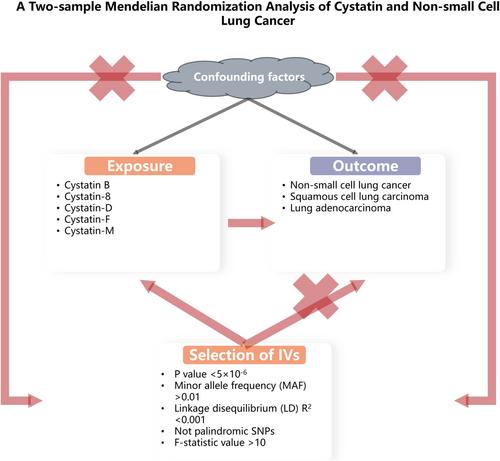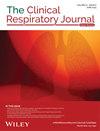Causal Associations Between Cystatin and Lung Cancer: A Two-Sample Mendelian Randomization Study
Abstract
Introduction
The cystatin family is particularly relevant in lung cancer research due to its links to inflammation, protease balance, and tumor progression. Although population-based studies have documented associations between cystatin and lung cancer, causal relationships remain undetermined.
Methods
Based on genomic statistics of seven different cystatins and three subtypes of lung cancer, we conducted a two-sample Mendelian randomization (MR) study. The inverse-variance weighted (IVW) method was the main approach for causality estimation. The weighted median, simple mode, weighted mode, and MR-Egger regression methods were further employed to validate the main findings. In the sensitivity analysis, horizontal pleiotropy was assessed by MR-Egger regression and Cochran’s Q test. MR-PRESSO and Radial MR methods were used to identify heterogeneity and remove outliers.
Results
Genetically predicted Cystatin 8 was causally associated with squamous cell lung carcinoma (OR = 1.062, 95% CI: 1.004–1.124, p = 0.035). No causal relationships were found for genetically predicted cystatin 8, -B, -D, -F, or -M with squamous cell lung carcinoma, lung adenocarcinoma, and NSCLC. However, outliers were identified between Cystatin D, -M, and -F using MR-PRESSO and Radial MR. After the removal of outliers, the association between Cystatin D and lung adenocarcinoma turned significant (OR = 1.178, 95% CI: 1.023–1.358, p = 0.023). Sensitivity analyses confirmed the robustness of main results after outliers removal.
Conclusion
Genetically predicted Cystatin 8 was causally associated with squamous cell lung carcinoma. Future population-based studies are required to substantiate these results.


 求助内容:
求助内容: 应助结果提醒方式:
应助结果提醒方式:


